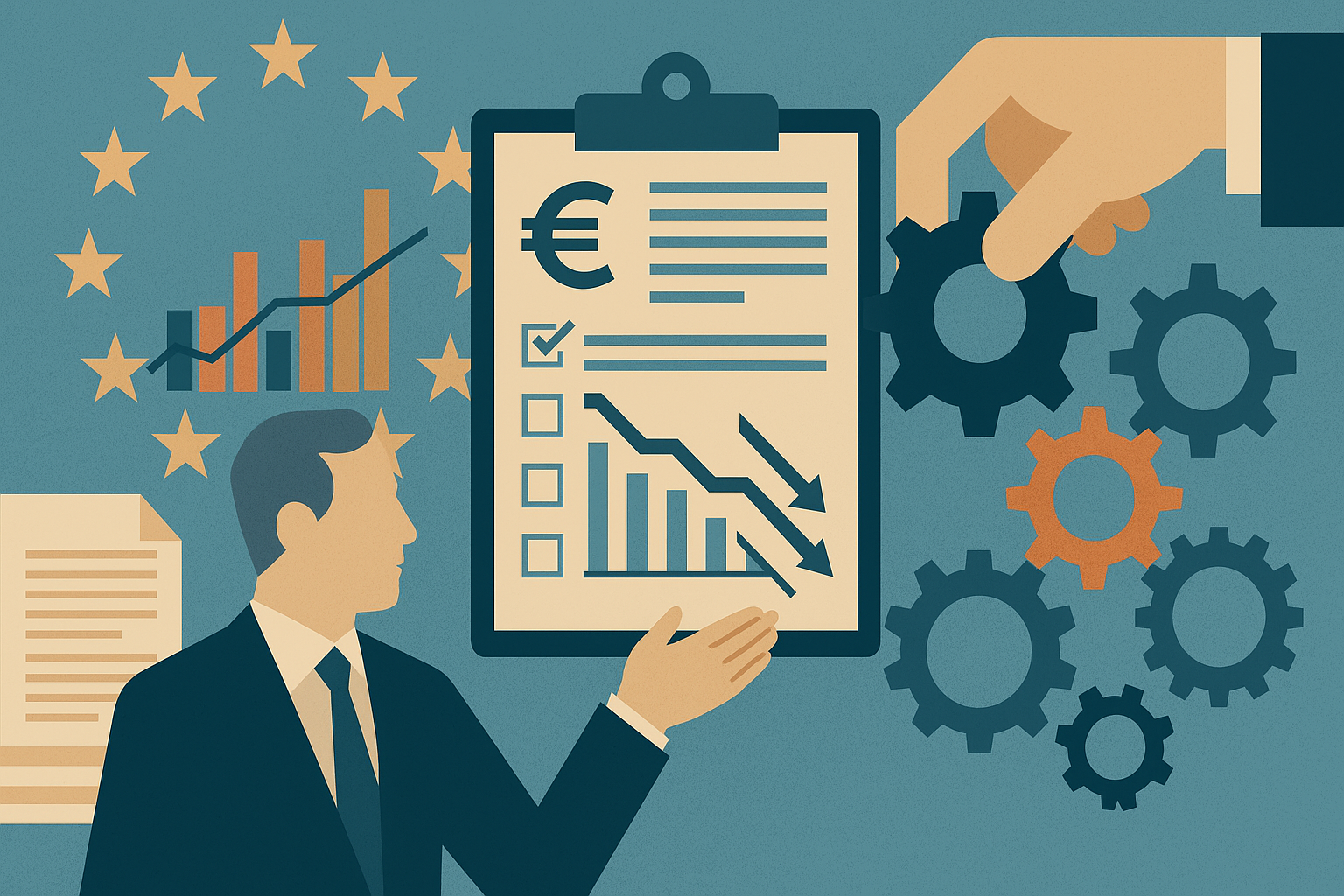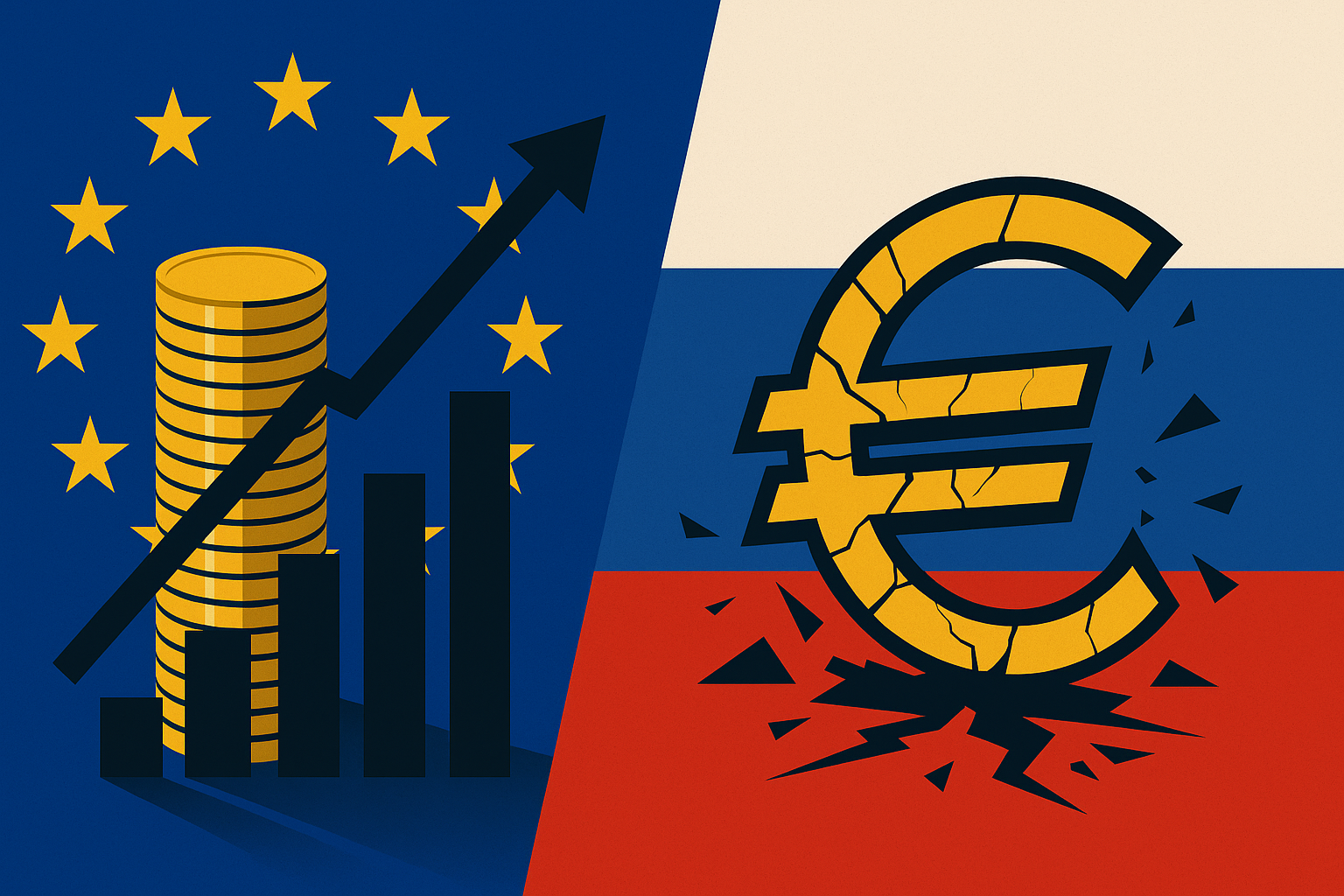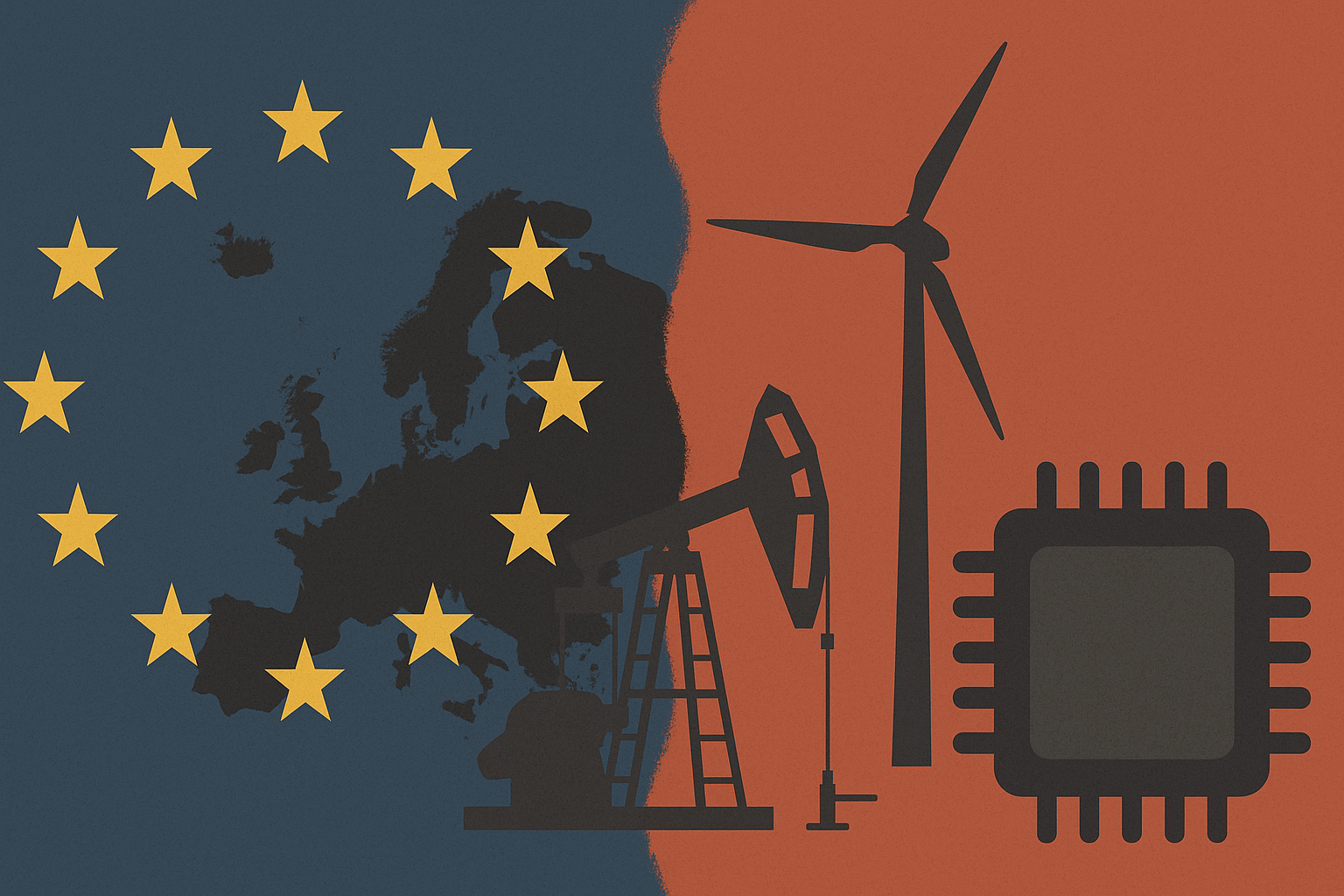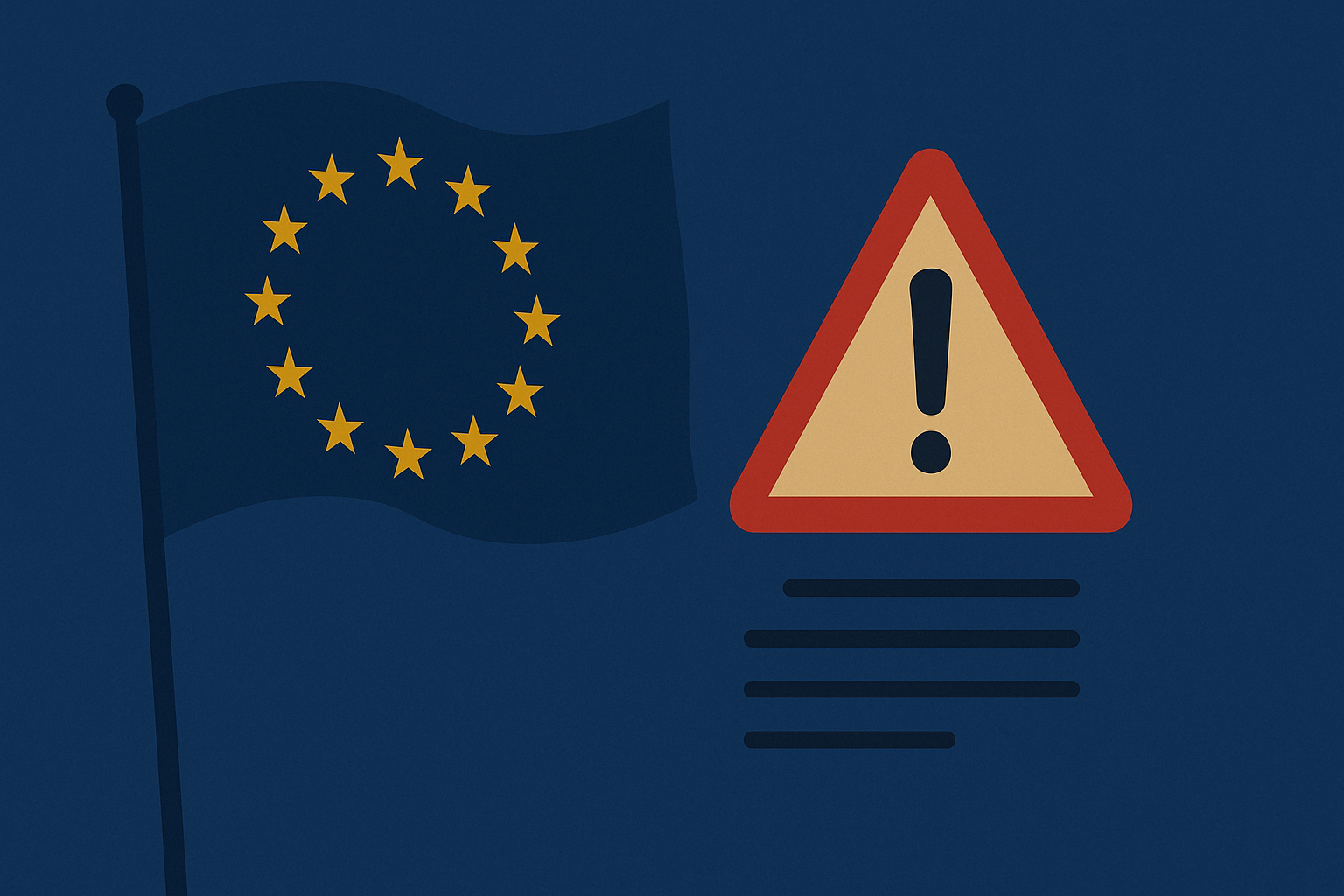As Norway heads into its 2025 parliamentary elections, the future of its oil and gas industry remains a central — though surprisingly understated — issue. Despite being western Europe’s largest petroleum producer, the country has long struggled with balancing its fossil fuel wealth and its green ambitions.
From Green Reluctance to Energy Security
In recent years, Norway presented itself as a “green” oil producer, highlighting lower emissions per barrel compared with global competitors. However, Russia’s full-scale invasion of Ukraine in 2022 and the subsequent European energy crisis reshaped that narrative.
Now, Oslo emphasizes its role as a reliable democratic supplier, particularly of gas, which it has become Europe’s leading source of. Foreign minister Espen Barth Eide argues that the EU will rely on Norwegian gas for years, stressing that Europe must first reduce dependence on Russian and other non-western supplies before phasing out Norwegian petroleum.
Political Divides on Fossil Fuels
Sylvi Listhaug, leader of the right-wing Progress Party, has been outspoken in her defense of continued production. Earlier this year, she declared that Norway should be “the last country in the world to stop production” and vowed that the country should keep pumping oil for another century.
Her stance contrasts with the Green Party, which has consistently demanded a halt to exploration (though not existing production). Green MP Rasmus Hansson warns that both Labour and the Progress Party risk undermining EU climate ambitions by prioritizing new fossil fuel investments. Polls suggest the Greens could gain greater influence in the next parliament, potentially shaping future energy policy.
Industry Pushes for Maximum Recovery
Meanwhile, Norway’s oil and gas sector is moving to extend production. Companies such as Equinor, Aker BP, and Shell are investing heavily in new technologies to extract more from existing fields. At the Ormen Lange gas field, Shell recently introduced technology to increase recovery rates from 75% to 85%, with costs expected to be recouped within the first year.
Industry investment is set to reach a record NKr275bn ($27bn) in 2025, driven in part by generous tax incentives introduced during the Covid-19 pandemic. But Statistics Norway forecasts production will begin a gradual decline starting next year.
European Signals and Uncertainty
While EU officials continue to thank Norway for its role in easing the energy crisis — Ursula von der Leyen even visited the Troll platform, which alone supplies 10% of Europe’s gas consumption — they have also underscored that renewables are the long-term solution. Brussels has rejected Oslo’s attempts to gain recognition for further Arctic exploration.
One EU official summed up the dilemma: “We want all the Norwegian oil and gas we can get now. But we don’t want to give them carte blanche to drill forever.”
Looking Ahead
For Norway, petroleum has been a pillar of national prosperity. As one leading business figure put it: “This has been a phenomenally successful industry for the country. It’s not going to stop by itself. So it’s going to be fascinating to see whether politicians push it or not.”
The upcoming election could determine whether Norway doubles down on fossil fuel production for decades to come — or begins a more decisive shift toward its long-promised green transition.








